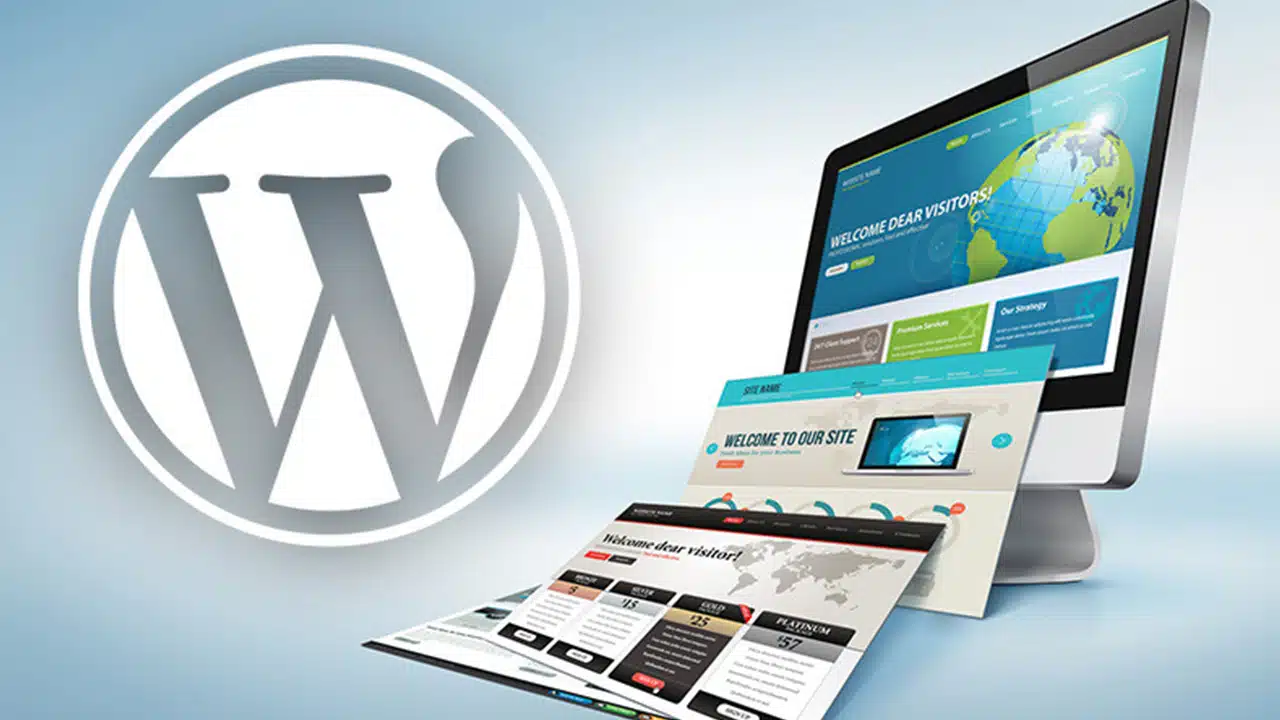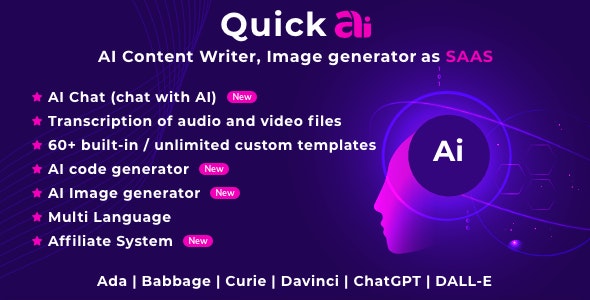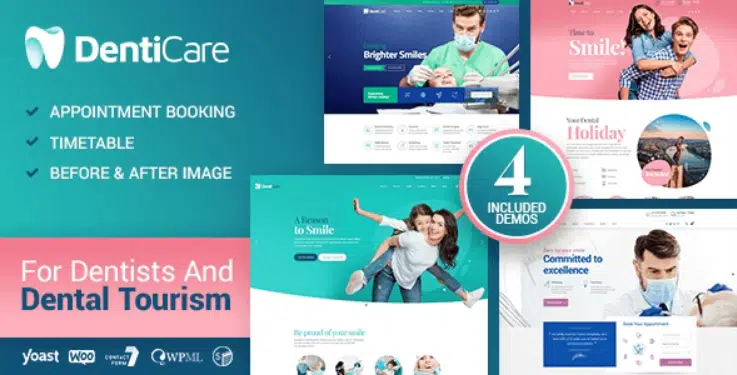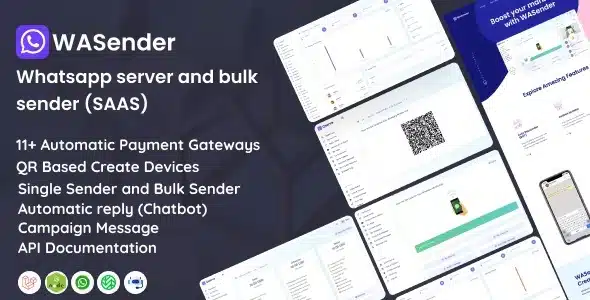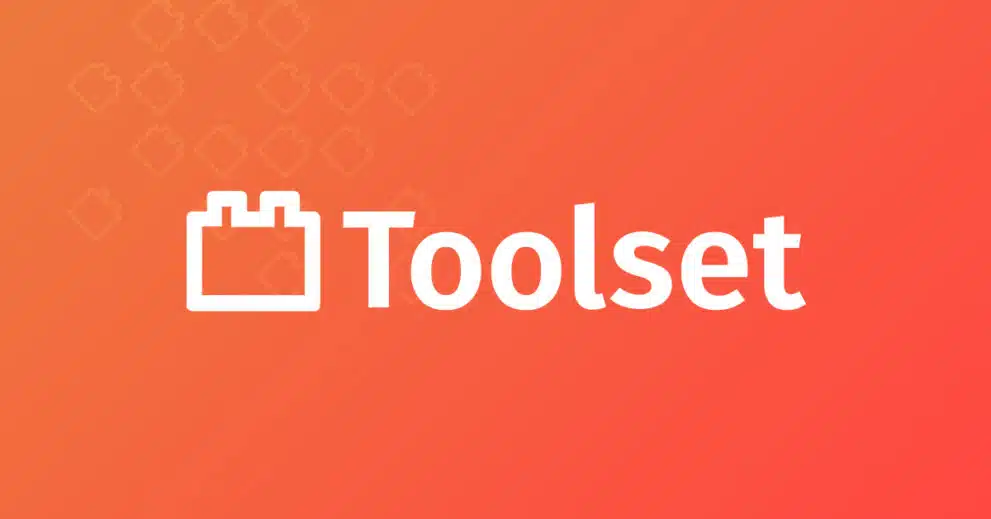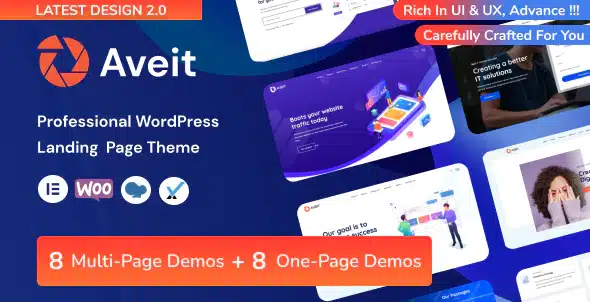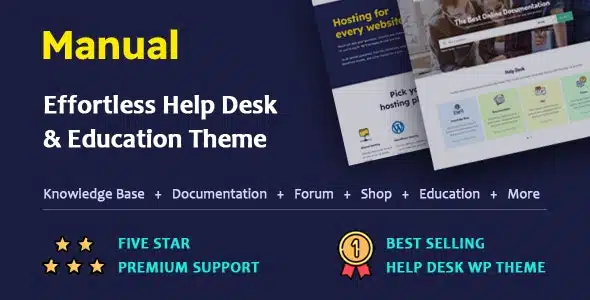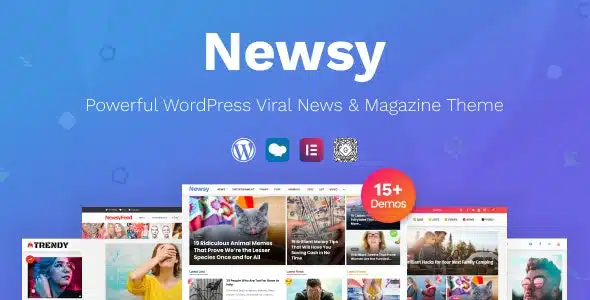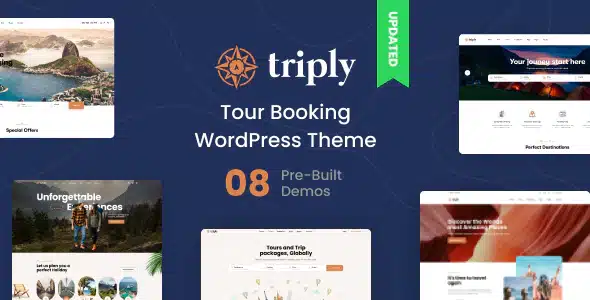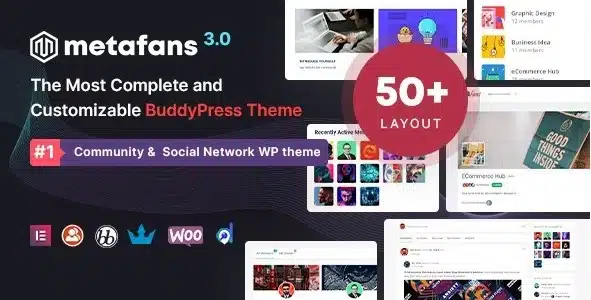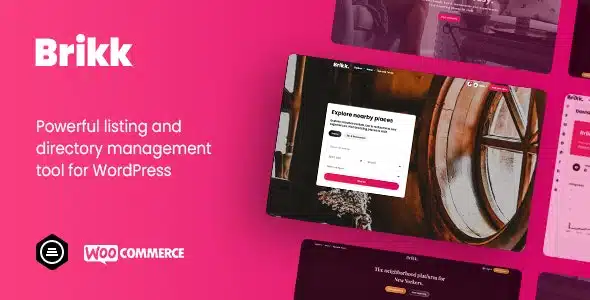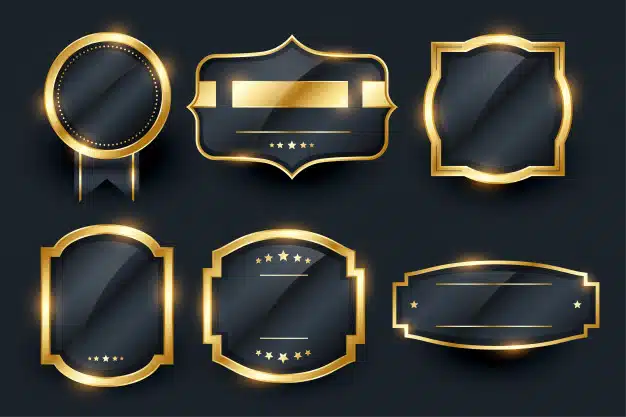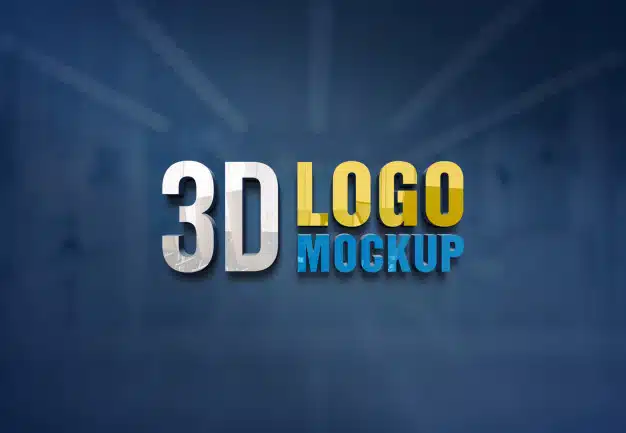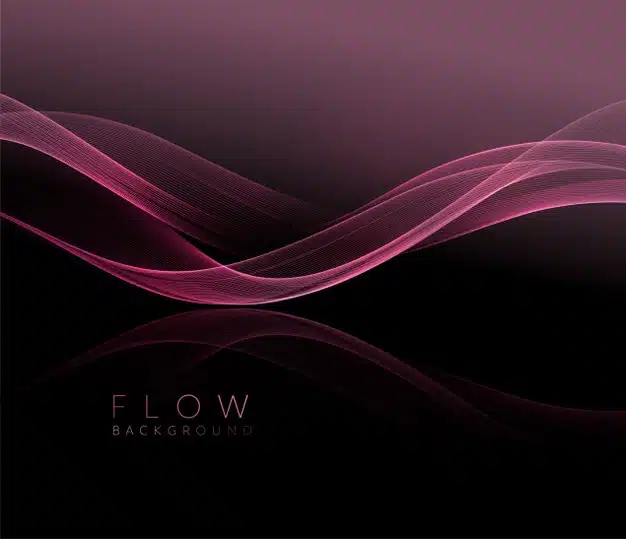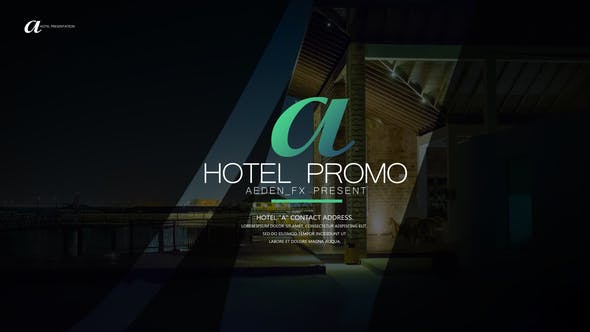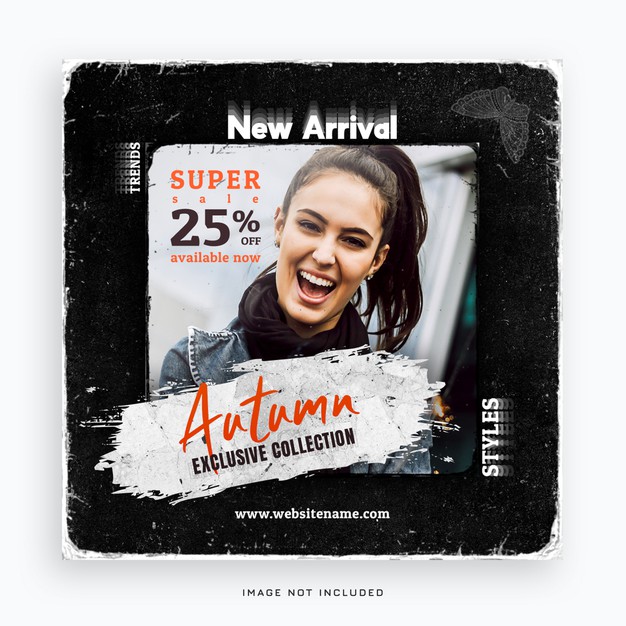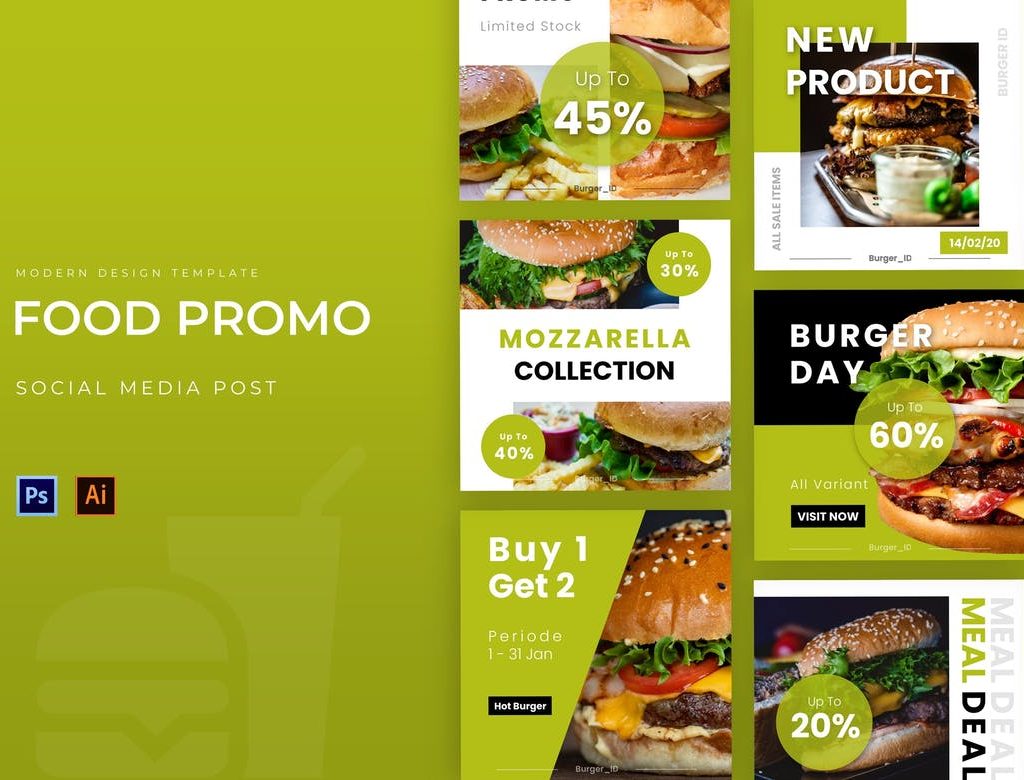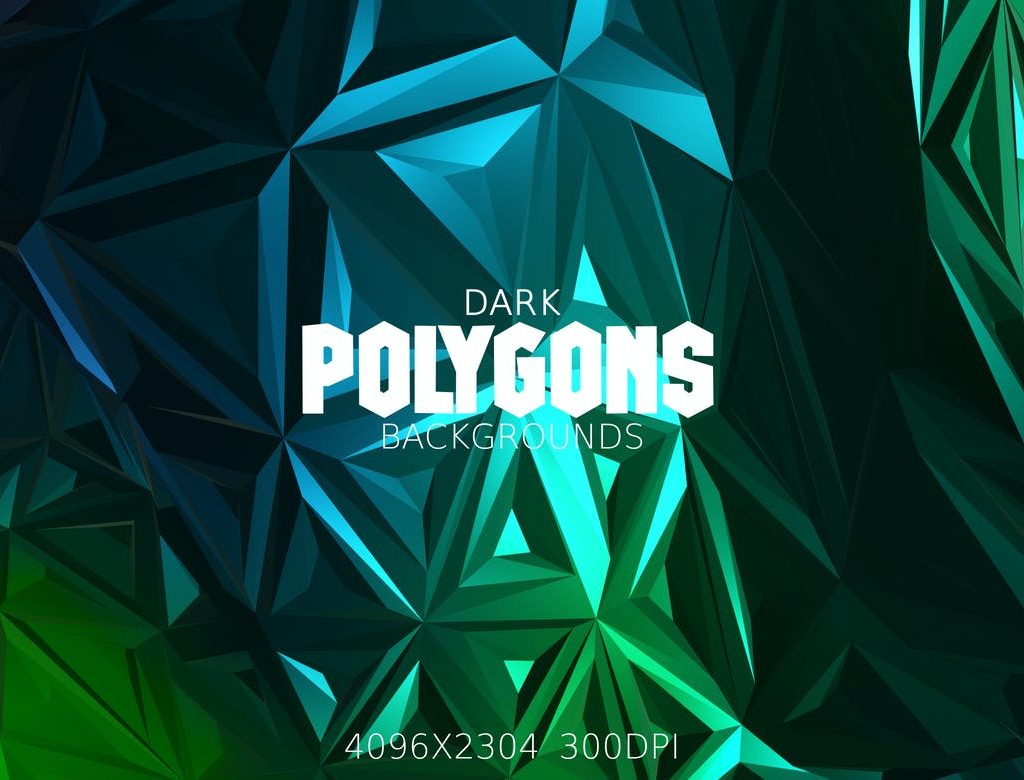If you work from home or are trying to get that elusive first project, creating a professional website is an important step. As a home for your business, your website can showcase your skills, provide details of your experience, and give potential clients and customers a convenient way to get in touch.
What’s more, being able to create or work with a website is a useful skill in itself. For many people that work at home, the ability to get a website up and running is an additional service that can be sold to your existing clients.
You don’t need to spend a fortune getting a website developed for you. You can do it yourself, even if you have never had any experience. Thankfully, there is a secret – WordPress. WordPress is a free system that streamlines and simplifies the process of web development and, as you will find out, can still be flexible enough for just about any website imaginable.
What Does WordPress Do Besides Blogging?
Many people have heard of WordPress, but do not understand the full capabilities of the system. Most people think that WordPress is a platform for blogging when, in fact, it is far more than that.
Today, WordPress has grown into what would be called a content management system, or CMS. A CMS is a tool to store all of the information required for your website and present it to your visitors in a professional, organized way. Other content management systems include Joomla and Drupal, but the reality is that WordPress is the easiest to understand, the easiest to work with, and the most easily adaptable.
How exactly WordPress works once it is installed:
- You access a convenient WYSIWYG (What You See Is What You Get) interface to securely work with all of the content on your website
- You can create new web pages in a variety of formats
- The content that you create is stored in a database
- You can use the same interface to edit your content in the database
- When visitors access your website, the information in the database is presented to them in a website layout. You can change this layout at any time and your content will automatically adopt the right look
In technical terms, WordPress is fairly advanced. In the nine years since the platform first launched, this advanced functionality has been used in all kinds of exciting ways.
Why Should You Use WordPress?
You may be wondering why people choose WordPress as their CMS. The answer is because WordPress can make just about anything that you want to do easier, quicker and more convenient!
Press agency Reuters uses WordPress to keep journalists up to date with the latest news as it happens. Music streaming service Spotify powers its entire website with WordPress.
WordPress makes creating, editing and organising your content simple and, as a result, less time-consuming. That gives you more time to focus on other areas of your business. WordPress also gives you the chance to get a professional design to make your website look great – often free of charge.
The best way to see how WordPress streamlines setting up your website is to try it for yourself. WordPress is easy to install on your web hosting or, if you sign up on the WordPress website, you can explore its features with no set-up required.
Installing WordPress Made Easy
There are a few different ways to get started with WordPress, depending on your budget, your expertise and whether you use a web hosting service.
If you are just trying out WordPress and do not have your own web hosting, visit wordpress.com and sign up for a free account. You will be guided through the entire process of creating your WordPress site, which will be stored on the WordPress servers for you. It is also possible to pay for a custom domain name (the address of your website) during the sign-up process.
Alternatively, if you already have a web hosting plan that supports PHP and MySQL. You can install your own WordPress on your server. This can be done by visiting WordPress.org and downloading the necessary files. The website also offers a convenient guide to installing WordPress in 5 minutes.
Finally, see if your web hosting provider offers an automatic script installer such as Softaculous. If so, you will be able to log in from your web hosting control panel and install WordPress in just a few clicks.
Finding A Great Theme
Once WordPress is up and running, you will need to log in with the details that you chose during set-up – usually at yourdomain.com/wp-admin. You will see the WordPress dashboard, a control panel that lets you work with your website, and a range of different menu items on the left-hand side. A good place to start is by selecting a theme, under the Appearance menu.
Using the ‘Install Themes’ tab at the top of your screen, you can explore an extensive database of layouts and designs for your website. From conventional business layouts to distinctive and unusual looks, there are currently 1,607 themes available. After finding one that you like, installing is as easy as clicking the ‘Install Now’ button.
As well as these free WordPress themes that are available from within your control panel, many websites offer a great selection of themes – some of which are free, and some of which are ‘premium’ themes that incur a charge. If you are just getting started with WordPress, a free theme is a good choice. Of course, paying for a premium theme guarantees high quality, good performance, and continued support from the theme developers.
For professional WordPress themes, check out these websites:
- Hollands Software
- ThemeForest
- GetYourThemes
Once you have installed your theme, you will be able to conveniently customize it to suit your specific requirements. You can do this using Widgets.
Using Widgets
Many people choose WordPress because there are so many professional-looking themes available for it. However, it can be useful to tweak your chosen theme to make it more individual.
When a developer creates a theme, he will name specific areas of the layout that you can customize. For example, you may be able to change the menu at the top of your layout, a sidebar that runs down the side of every page, or the footer.
Under the Appearance menu on your WordPress control panel, select the Widgets option. On the right, you will see a list of the different areas of your theme that you can customize. On the left, there is a range of included widgets that you can simply drag and drop into the relevant section.
Standard WordPress widgets include Links to other websites, an automatic list of your Pages, and a calendar of when Posts have been published. You can also install other Widgets free of charge, in the form of Plugins.
Use Widgets to personalize your theme. Once you are happy, it is time to start thinking about the most important thing of all – your content.
Pages And Posts
A common obstacle for people that are new to WordPress is the distinction between two similar types of content – Pages and Posts. Whenever you want to publish something on your website, you will need to decide whether it is a Page or a Post and select the appropriate option.
Originally, WordPress only offered the ability to create Posts – a term that is short for Blog Posts. Posts are content items that are time-specific and, when they are created. They have the current time and date attached to them. Creating a new Post causes two things to happen:
- An individual web page is created with the content of your post
- Your post is added to a single page that collects together each individual post
This is perhaps clearer as an example – let’s imagine you have a blog section on your website, at yourdomain.com/blog. When you publish a new blog post, a single page will be created – for example, this could be yourdomain.com/blog/my-post-name. But, at the same time, your blog post will be added to the central page at yourdomain.com/blog. Giving your visitors the chance to see all of your most recent posts in one convenient place.
Posts are also added to your website’s RSS feed – more on that in our next article on advanced WordPress tips. Pages, on the other hand, are static items that do not have a date attached to them. They are the pages of your website that stand alone, offering general information about your business.
If you’re still unsure, ask yourself this question before you create your content – is this something that will stand alone (a Page), or something that is part of a section of the website that I will update regularly (a Post)?
Explore And Learn On The Fly
You now understand the concepts of WordPress, including what it can do, common terminology, and why you should be using WordPress to build your site. So start exploring!
The great thing about WordPress is that it is intuitive and easy to use. Anything that you create can be deleted or edited with ease. So the best advice is to check the menu options included in your control panel and start working on your content right now.
Once you’ve made a start, be sure to read our next article on making the most of your WordPress installation to create a website that really stands out from the crowd.

